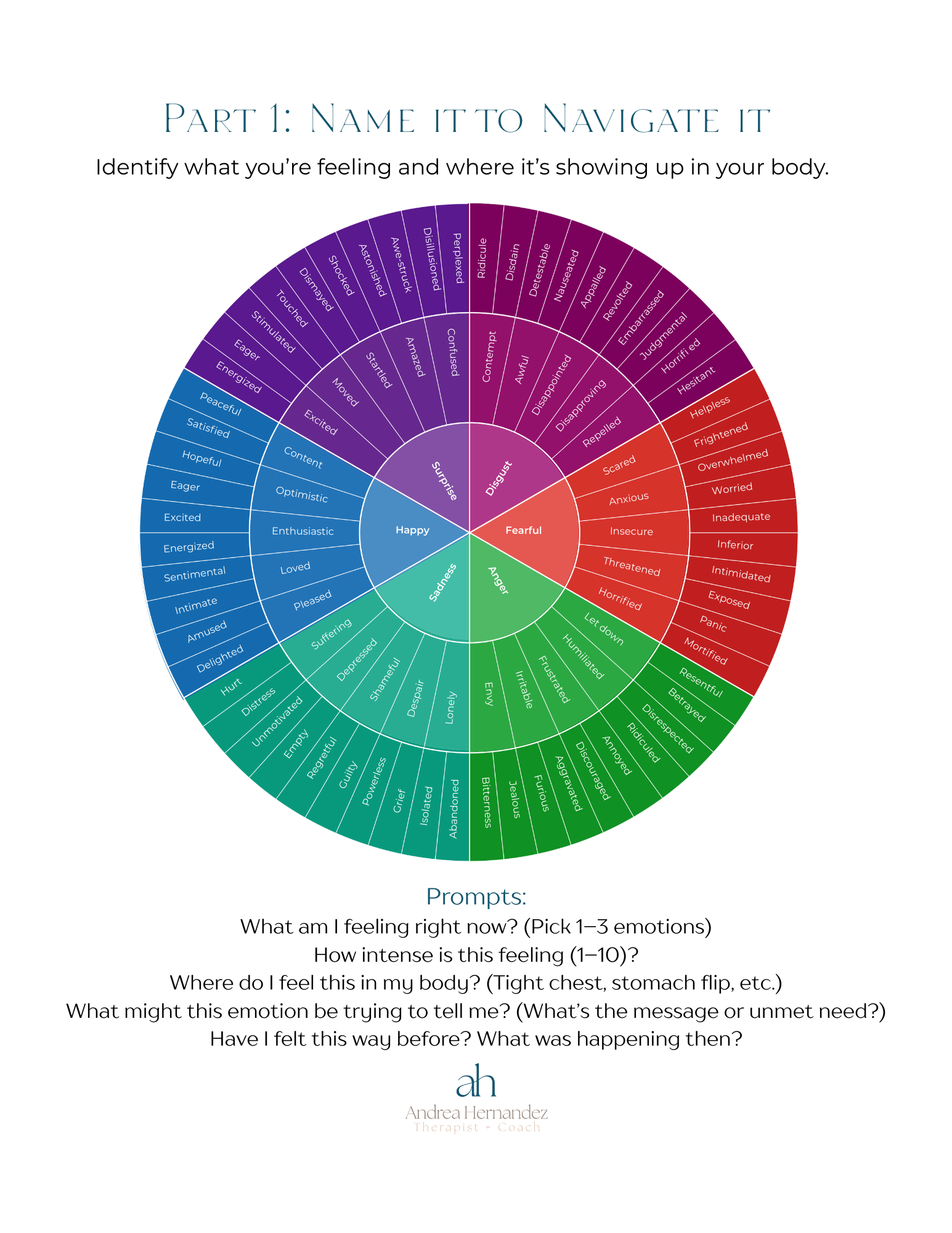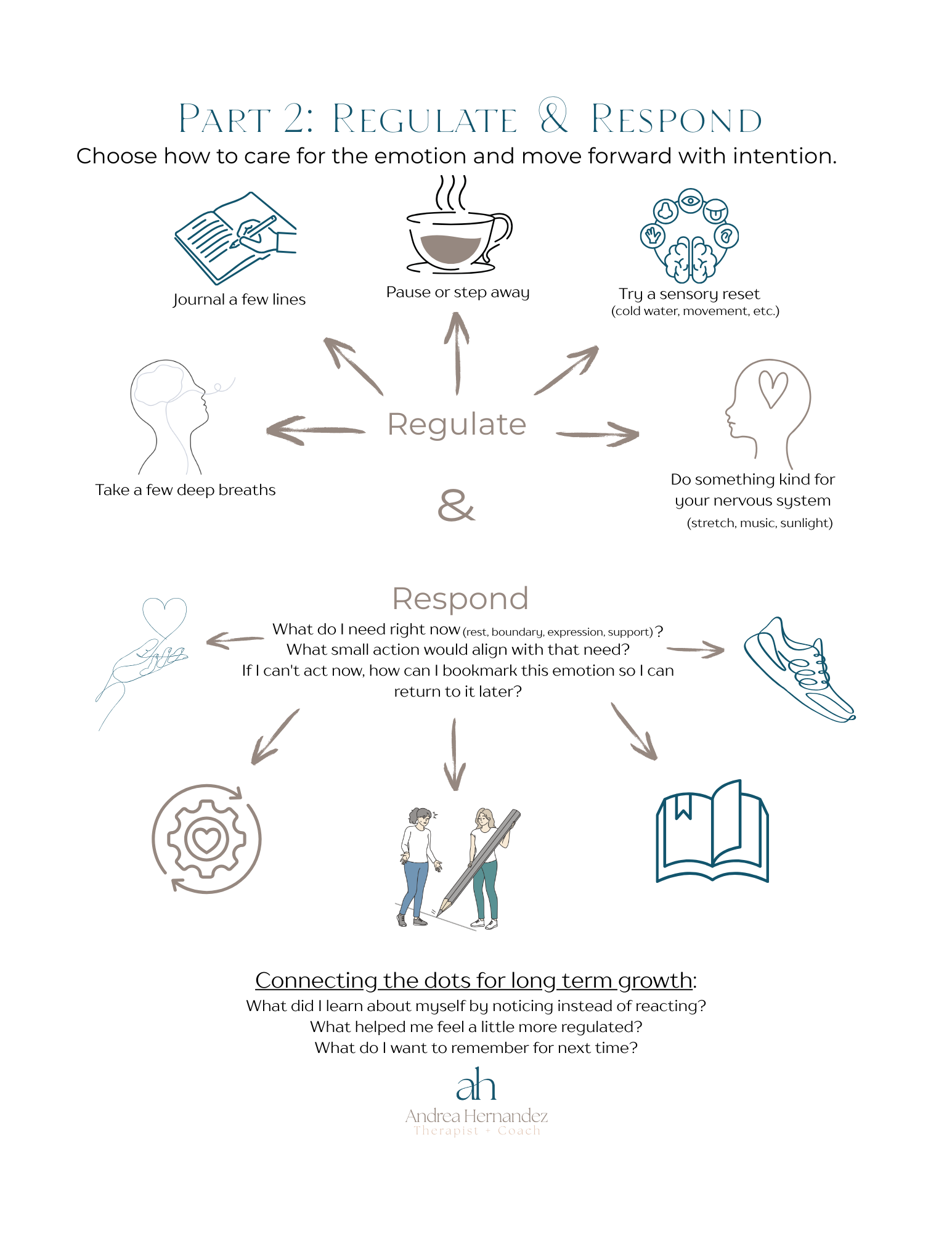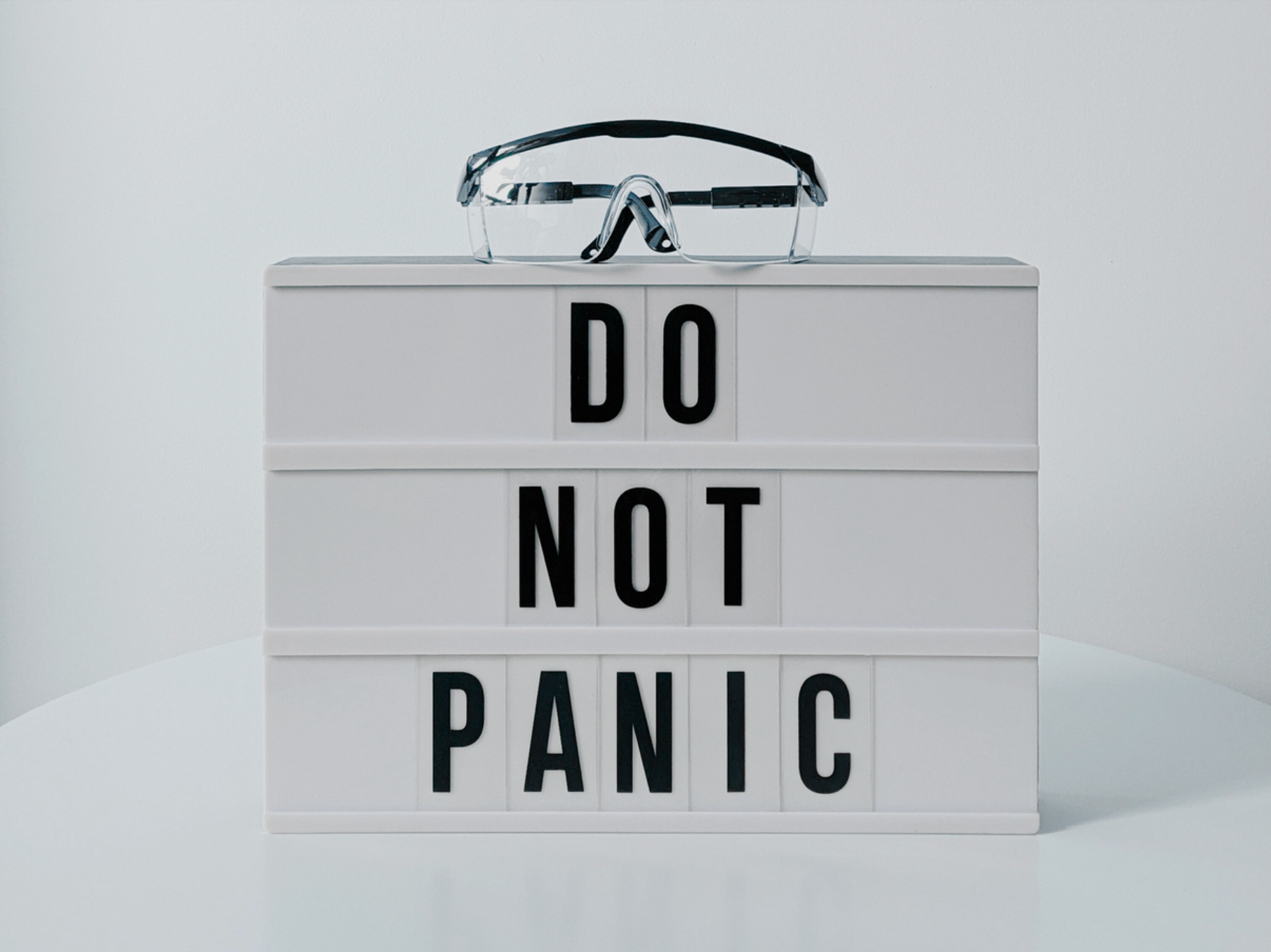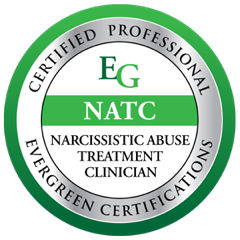When Numbing Becomes a Habit-How Emotional Avoidance Steals Your Energy (and What You Can Do About It)
We all find ways to take the edge off.
A scroll through Instagram, another episode, a snack, a glass of wine, a deep dive into work, or a sudden urge to organize the entire kitchen. These are the small things we reach for when we’re overwhelmed, overstimulated, or emotionally flooded.
And here’s the thing: those things aren’t bad.
Sometimes distraction is necessary. Sometimes numbing is what helps us get through the day. But when it becomes our default way of coping, something else happens: we lose touch with our internal signals. We start tuning out from ourselves—and that always comes at a cost.
Numbing as a Safety Strategy
Emotional numbing isn’t weakness or avoidance—it’s a protective strategy.
For many people, especially those who’ve experienced trauma, chronic stress, or unpredictable relationships, turning down the volume on emotions was how they survived. If you grew up in an environment where expressing needs or emotions wasn’t safe or welcome, you may have learned early to self-protect by not feeling.
Over time, those protective strategies become habits. They work... until they don’t.
What’s Actually Happening When You Numb Out?
At its core, numbing is a nervous system strategy.
It says: “This is too much right now. Let’s hit the brakes.” And while that can be helpful short-term, the longer you push feelings down or away, the more they build up under the surface.
Emotions don’t vanish when ignored—they fester. They become irritability, anxiety, chronic fatigue, decision paralysis, or a short fuse over something small. You might find yourself avoiding tasks, struggling to connect in relationships, or constantly feeling “off” but not sure why.
And here’s the cognitive trap that keeps the cycle going: If I don’t look at it, I won’t have to feel it.
But ignoring a fire alarm doesn’t put out the fire.
So... How Do You Begin to Interrupt the Cycle?
Start small. Gently. Respectfully. Especially if numbing has been a survival tool. Here are some ways to begin reconnecting:
1. Name the Pattern, Without Judgment
The moment you catch yourself reaching for a distraction,
pause.
Ask: “What am I feeling right now?”
Even if you can’t name it clearly, acknowledging the
presence
of a feeling begins to
open the door to connection.
2. Use a Feelings Map or Wheel
Many people weren’t taught an emotional vocabulary. Start simple:
Am I feeling sad, mad, scared, lonely, excited, ashamed?
Labeling emotions helps integrate them into the thinking brain—and once they’re
named, they’re easier to work with.
3. Create Tiny Check-In Rituals
A minute between meetings. A moment before you scroll. A breath before bed. Ask:
“What do I need right now?”
“What am I avoiding?”
“What feels hard to name?”
Even if the answer is “I don’t know,” you’ve still broken the autopilot loop.
4. Get Curious About the Urge to Numb
Numbing often happens when something underneath feels too big, too confusing, or too painful. Instead of diving into the feeling, try asking:
“What might this distraction be protecting me from?”
This isn’t about forcing yourself to feel everything. It’s about letting some feelings back into the room—on your terms.
5. Know When to Get Support
If you sense there’s something heavy underneath the numbing—like trauma, grief, or emotional pain that’s too much to hold alone—reach out. This is exactly where therapy can help. You don’t have to untangle it all by yourself.
Working with a skilled therapist or trauma-informed coach can help you safely unpack what you’ve been holding at bay, build your tolerance for discomfort, and develop new ways to regulate without shutting down.
Final Thought: You Don’t Have to Feel Everything All at Once
This work isn’t about turning your emotions up to full volume overnight. It’s about reconnecting with yourself—gently, gradually, and in a way that honors your nervous system.
Numbing might have kept you safe before. But now, you’re allowed to build new strategies. You’re allowed to feel and still be safe.
You don’t need to feel everything.
But you do deserve to feel
something—especially the parts of you that are still waiting
to be heard.
Want support?
If you’re noticing emotional overload, confusion, or relational stress on a daily basis, you're not alone. Whether through therapy or coaching, I help clients untangle these dynamics, reconnect with themselves, and move forward with clarity and self-trust.
Explore my
free resource library or
get in touch if you're ready to start untangling the overwhelm.
Please complete the form below to gain access to my handouts library.



















